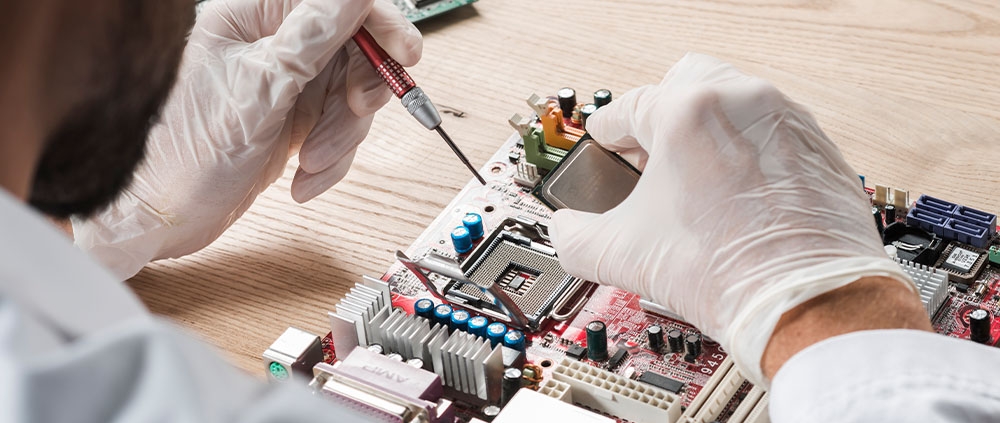Tips for Onshoring Your PCB Assembly
Onshoring PCB assembly can be a strategic move to enhance quality control, reduce lead times, and improve communication. Here are some key tips to consider when bringing your PCB assembly operations back to your home country:
- Evaluate Your Needs: Before onshoring, assess your specific requirements, such as production volume, complexity of designs, and any special needs. This will help you choose the right domestic manufacturer that can meet your technical and logistical demands.
- Research Local Manufacturers: Identify and research local PCB assembly providers. Look for companies with experience in your industry and the capability to handle your project’s complexity. Review their certifications, capabilities, and reputation.
- Assess Cost Implications: Onshoring may involve higher labor and manufacturing costs compared to offshore options. However, weigh these costs against the benefits of improved quality, faster turnaround times, and reduced shipping expenses. Consider the total cost of ownership, including potential savings from fewer defects and faster problem resolution.
- Consider Technology and Equipment: Ensure the local manufacturer has up-to-date technology and equipment that aligns with your production needs. Advanced capabilities can enhance the quality and efficiency of your PCB assembly.
- Focus on Quality Control: Quality assurance is a major advantage of onshoring. Choose a manufacturer with rigorous quality control processes and certifications to ensure that your PCBs meet high standards and regulatory requirements.
- Streamline Communication: Onshoring simplifies communication with your manufacturer. Take advantage of this by maintaining clear and open lines of communication to address any issues quickly and collaboratively.
- Evaluate Lead Times: One of the benefits of onshoring is reduced lead times. Verify that your chosen manufacturer can meet your production schedules and provide timely updates on progress.
- Understand Regulatory Compliance: Familiarize yourself with local regulations and standards that may impact PCB assembly. Ensure that your onshore manufacturer adheres to all relevant compliance requirements.
- Plan for Scalability: Choose a manufacturer that can scale production up or down based on your needs. Flexibility is key to managing changes in demand and adapting to evolving project requirements.
- Build a Strong Relationship: Develop a good working relationship with your onshore manufacturer. A strong partnership can lead to better collaboration, problem-solving, and long-term success.
By carefully considering these tips, you can effectively transition your PCB assembly operations to a domestic manufacturer and enjoy the benefits of improved quality control, communication, and overall efficiency



